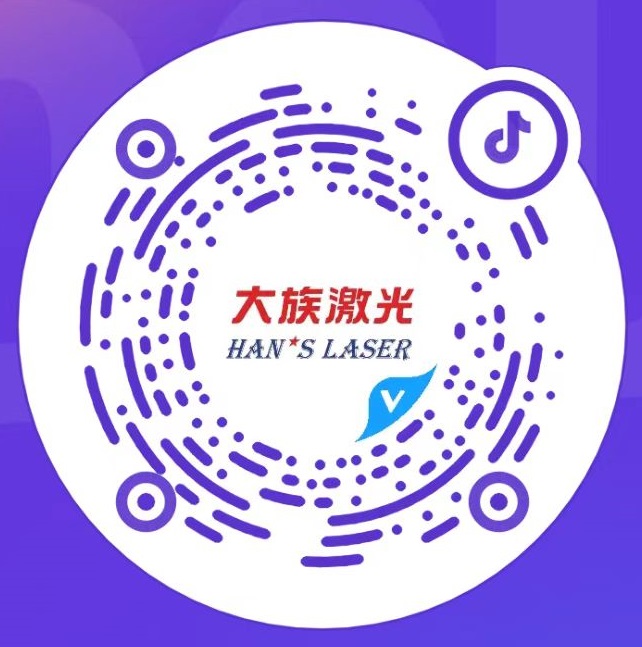The Snowflake Cleaning Method of HANS LASER
CO2 Snowflake Cleaning Method
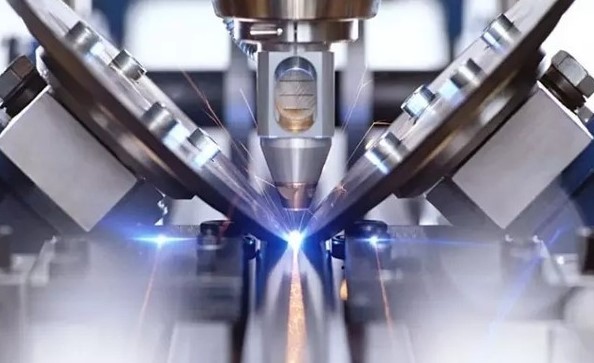
After the liquefied carbon dioxide is put into the atmospheric pressure environment, when the carbon dioxide is gasified, it will produce a snowflake like powder, CO2
snowflakes collide with the surface of the cleaned object at high speed and produce a sharp speed of 600 times volume.The micro explosion effect produced by the expansion
can achieve the purpose of cleaning the dirt on the surface of the product.
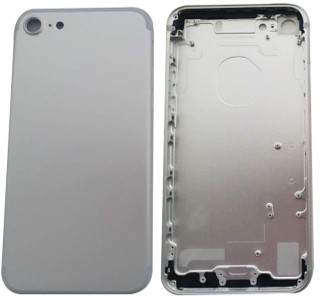
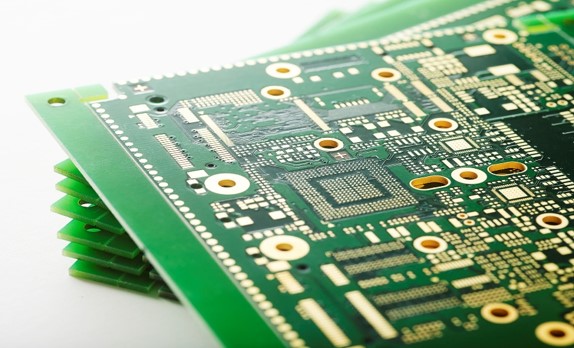
Material application scope: metal, non-metallic or coating almost all material surface. CO2 has no toxicity, no residue, no water trace and no solvent.
Production features: it is convenient to purchase, transport and store industrial liquid CO2, and has the advantages of low energy consumption, small land occupation, simple
control and easy to learn compared with traditional dry ice cleaning methods.

Machine overview:
The snowflake cleaning and spraying control module is composed of air compressor (or plant gas source), CO2 liquid storage tank, purifier (optional) and snowflake cleaning
control cabinet. The module is a universal module and can be embedded in various automation platforms. Compared with the traditional cleaning methods such as
degreasing, water washing and air drying, snowflake and dry ice cleaning are characterized by easy operation, easy learning, no secondary pollution, environmental protection
and low cost.
Before and after snow cleaning
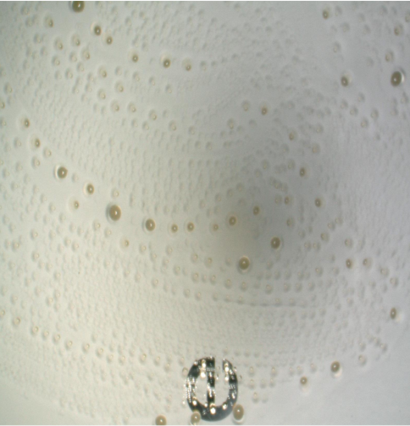
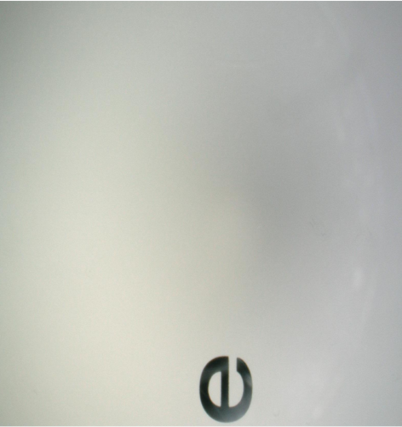
Compare with the dry ice method
2. Due to the difference in the size of ejected particles, dry ice cleaning will cause certain degree of damage to the surface of sensitive materials, such as display glass, and snow cleaning can obviously overcome this shortcoming
3. The cost is different. Compared with snowflake cleaning, dry ice cleaning needs dry ice granulator, dry ice container and other equipment, with large investment, long process chain, and high transportation cost for dry ice; while snow cleaning uses CO2 gas and liquid as cleaning medium, which has mature market technology, low manufacturing and transportation costs and short process chain.

After the liquefied carbon dioxide is put into the atmospheric pressure environment, when the carbon dioxide is gasified, it will produce a snowflake like powder, CO2
snowflakes collide with the surface of the cleaned object at high speed and produce a sharp speed of 600 times volume.The micro explosion effect produced by the expansion
can achieve the purpose of cleaning the dirt on the surface of the product.


Material application scope: metal, non-metallic or coating almost all material surface. CO2 has no toxicity, no residue, no water trace and no solvent.
Production features: it is convenient to purchase, transport and store industrial liquid CO2, and has the advantages of low energy consumption, small land occupation, simple
control and easy to learn compared with traditional dry ice cleaning methods.

Machine overview:
The snowflake cleaning and spraying control module is composed of air compressor (or plant gas source), CO2 liquid storage tank, purifier (optional) and snowflake cleaning
control cabinet. The module is a universal module and can be embedded in various automation platforms. Compared with the traditional cleaning methods such as
degreasing, water washing and air drying, snowflake and dry ice cleaning are characterized by easy operation, easy learning, no secondary pollution, environmental protection
and low cost.
Before and after snow cleaning


Compare with the dry ice method
1. The size of ejected crystal is different. The dry ice cleaning is 1-3 μ m, and the snowflake cleaning is 0.3-1 μ m ү.
2. Due to the difference in the size of ejected particles, dry ice cleaning will cause certain degree of damage to the surface of sensitive materials, such as display glass, and snow cleaning can obviously overcome this shortcoming
3. The cost is different. Compared with snowflake cleaning, dry ice cleaning needs dry ice granulator, dry ice container and other equipment, with large investment, long process chain, and high transportation cost for dry ice; while snow cleaning uses CO2 gas and liquid as cleaning medium, which has mature market technology, low manufacturing and transportation costs and short process chain.





